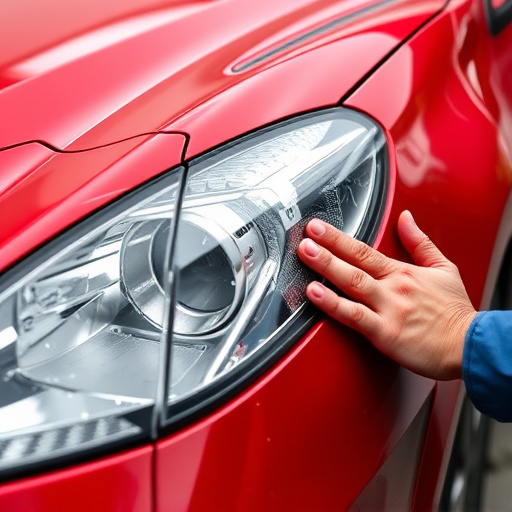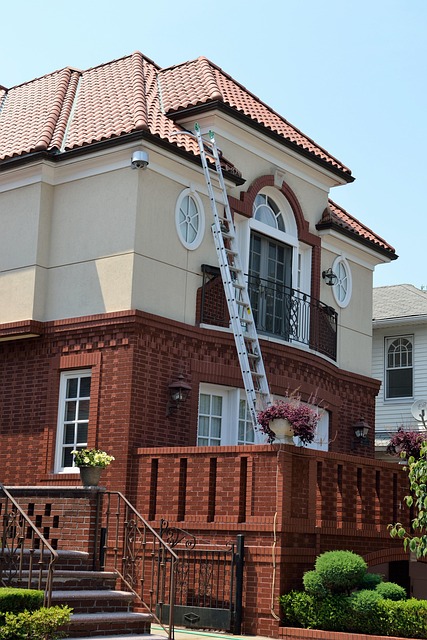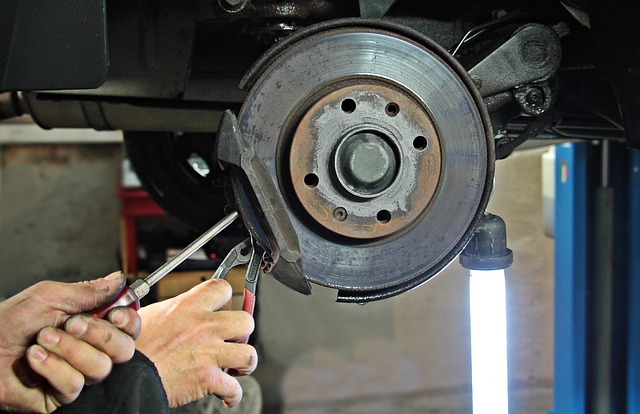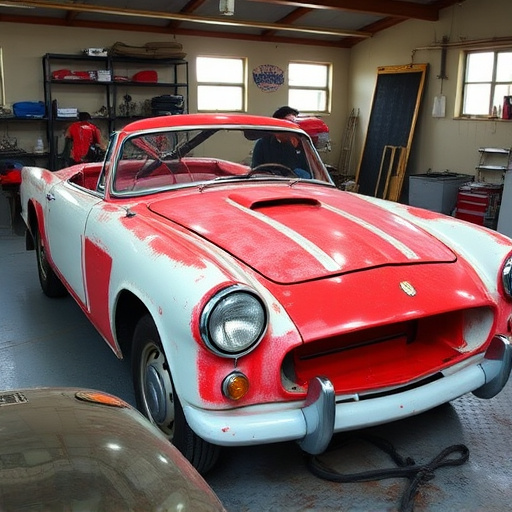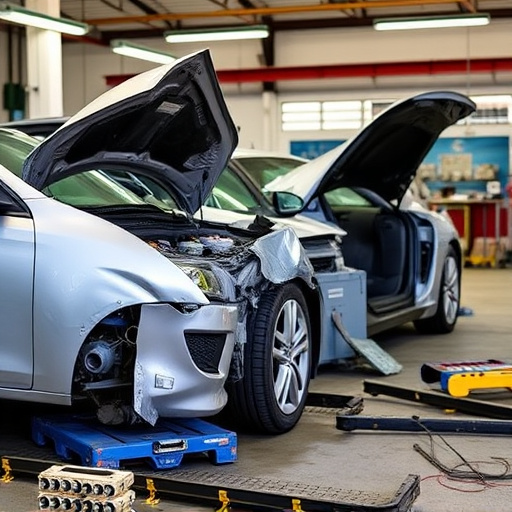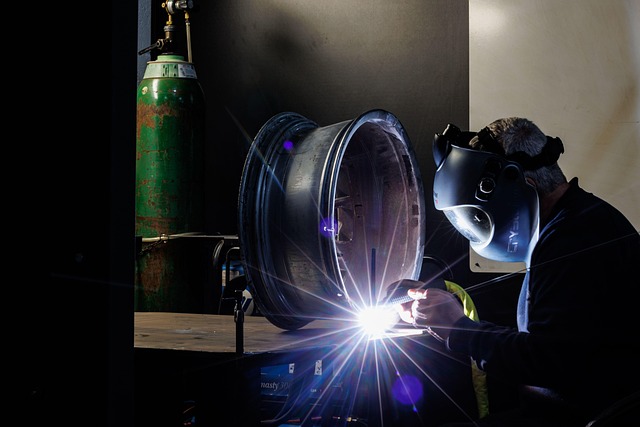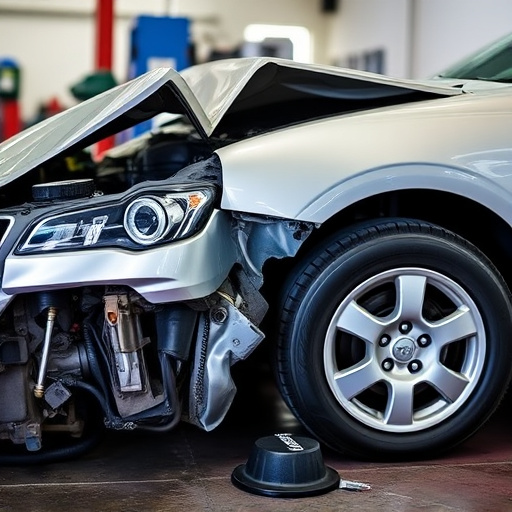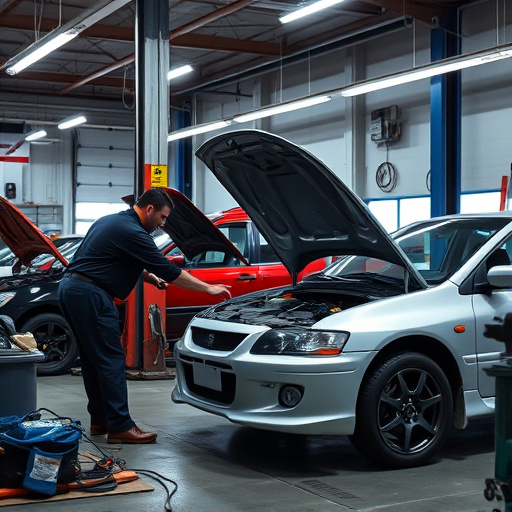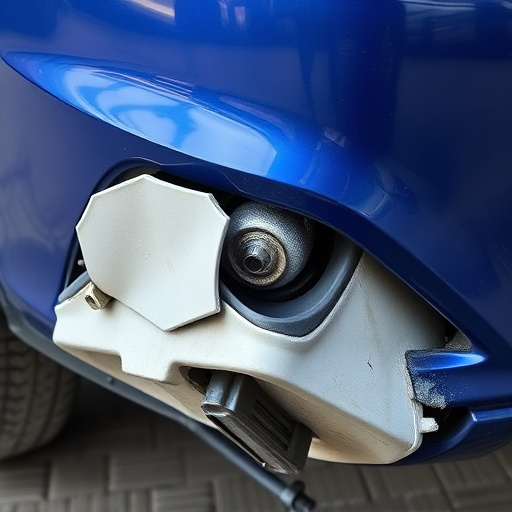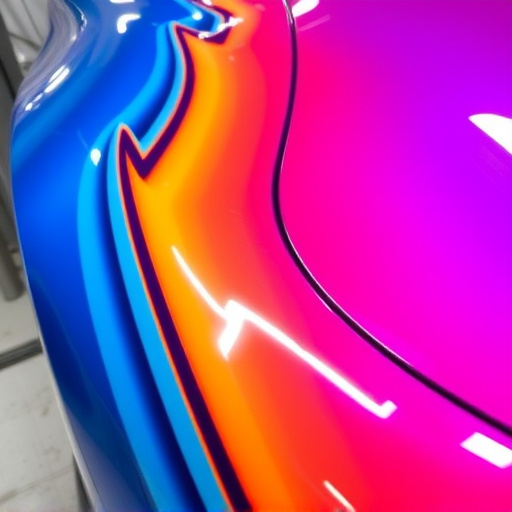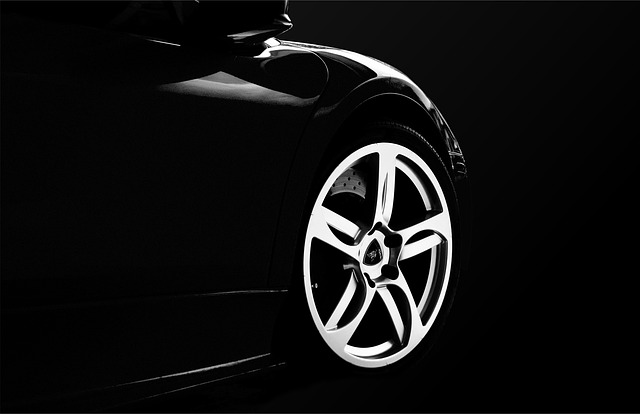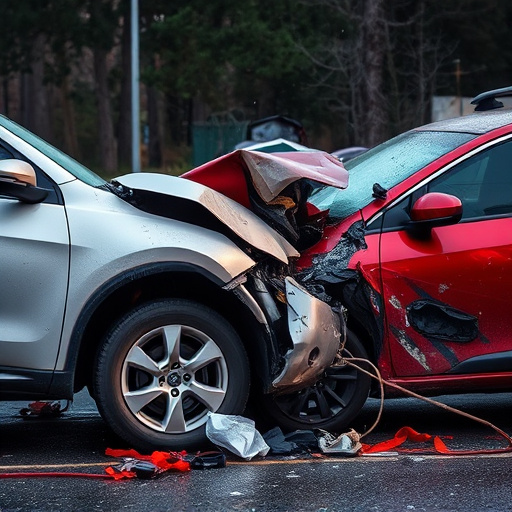Primer surfacer application is vital in automotive and general vehicle body repair, serving as a bonding agent to prepare surfaces for paint or coating. It fills imperfections, provides a smooth base, prevents corrosion, neutralizes residues, and enhances adhesion. Meticulous surface preparation, even coverage using spray guns or rollers, proper drying times, and quality control inspections are essential best practices for successful application, particularly in high-quality repairs like car scratch fixing. Robust quality control ensures aesthetic appeal and long-lasting durability.
In the realm of surface preparation, a crucial step often overlooked is the application of primer surfacer. This article serves as your comprehensive guide to mastering this process, ensuring superior results in any project. We’ll delve into the fundamentals of primer surfacer basics, explore various application techniques and best practices, and equip you with effective quality control measures. By understanding these key aspects, you’ll revolutionize your workflow and achieve consistent excellence in every layer.
- Understanding Primer Surfacer Basics
- Application Techniques and Best Practices
- Implementing Quality Control Measures
Understanding Primer Surfacer Basics
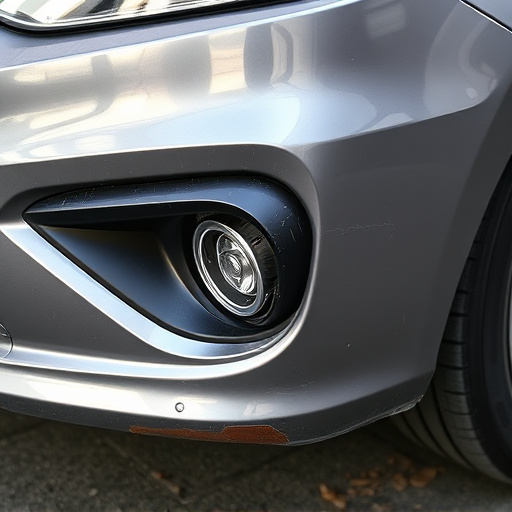
Understanding Primer Surfacer Basics
Primer surfacer application is a critical step in both automotive and general vehicle body repair processes. It serves as a crucial bonding agent between the damaged surface and the subsequent layers of paint or coating, ensuring durability and long-lasting results. The primary function of a primer surfacer is to prepare the surface by filling in imperfections, providing a smooth base, and preventing corrosion from reoccurring.
During a fender bender or car paint repair, applying the correct amount and type of primer surfacer is essential for achieving a high-quality finish. It not only enhances adhesion but also helps to neutralize any remaining chemical residues on the surface, creating an ideal environment for the next stage of painting or restoration. This initial step lays the foundation for a successful vehicle body repair process.
Application Techniques and Best Practices
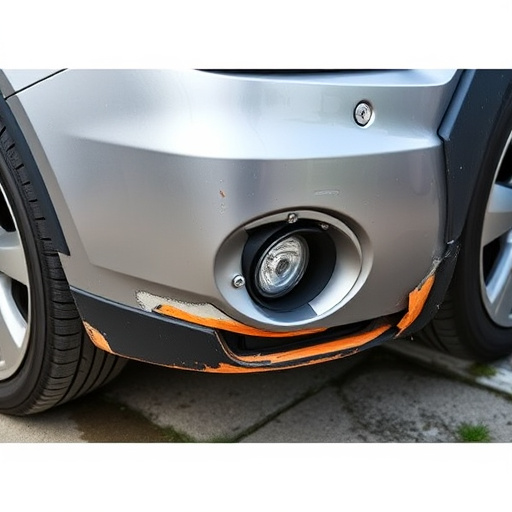
The success of a primer surfacer application largely depends on the chosen technique and adherence to best practices. For an effective primer surfacer application, ensure proper surface preparation is the first step. This involves cleaning the damaged area, removing any grease, oil, or loose debris, and sanding to create a smooth, even base. A commonly used method is wet sanding, which helps reduce dust and provides a clean canvas for the primer.
When applying the primer surfacer, use a dedicated spray gun or roller to achieve an even coat. Maintain a consistent distance from the surface and control the application speed for optimal coverage. For car scratch repair or Mercedes Benz collision repair, it’s crucial to follow the manufacturer’s guidelines on drying times between coats. Proper ventilation in the collision repair shop is also vital to prevent overspray buildup and ensure quick, even drying.
Implementing Quality Control Measures
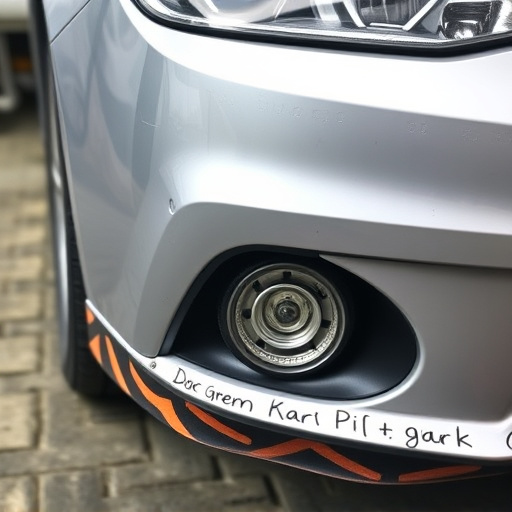
Implementing robust quality control measures is paramount during a primer surfacer application process, ensuring the highest level of craftsmanship in auto maintenance and vehicle body repair. This involves meticulous inspection at every stage to detect even the slightest imperfections. Skilled technicians employ various techniques to assess the surface preparation, including visual examination and specialized tools that gauge smoothness and adherence.
Regular quality control checks prevent issues from escalating, especially when addressing scratch repairs. By implementing these standards, workshops can maintain consistency in their work, ensuring customer satisfaction with the final results. It’s a critical step in the primer surfacer application process, guaranteeing not only aesthetic appeal but also long-lasting durability of vehicle body repair work.
Mastering the art of primer surfacer application involves understanding its fundamentals, adopting best practices during application, and implementing rigorous quality control measures. By adhering to these standards, you ensure superior coating performance and longevity. Whether in construction or automotive restoration, a well-executed primer surfacer application is the foundation for achieving flawless finishes that stand the test of time.
